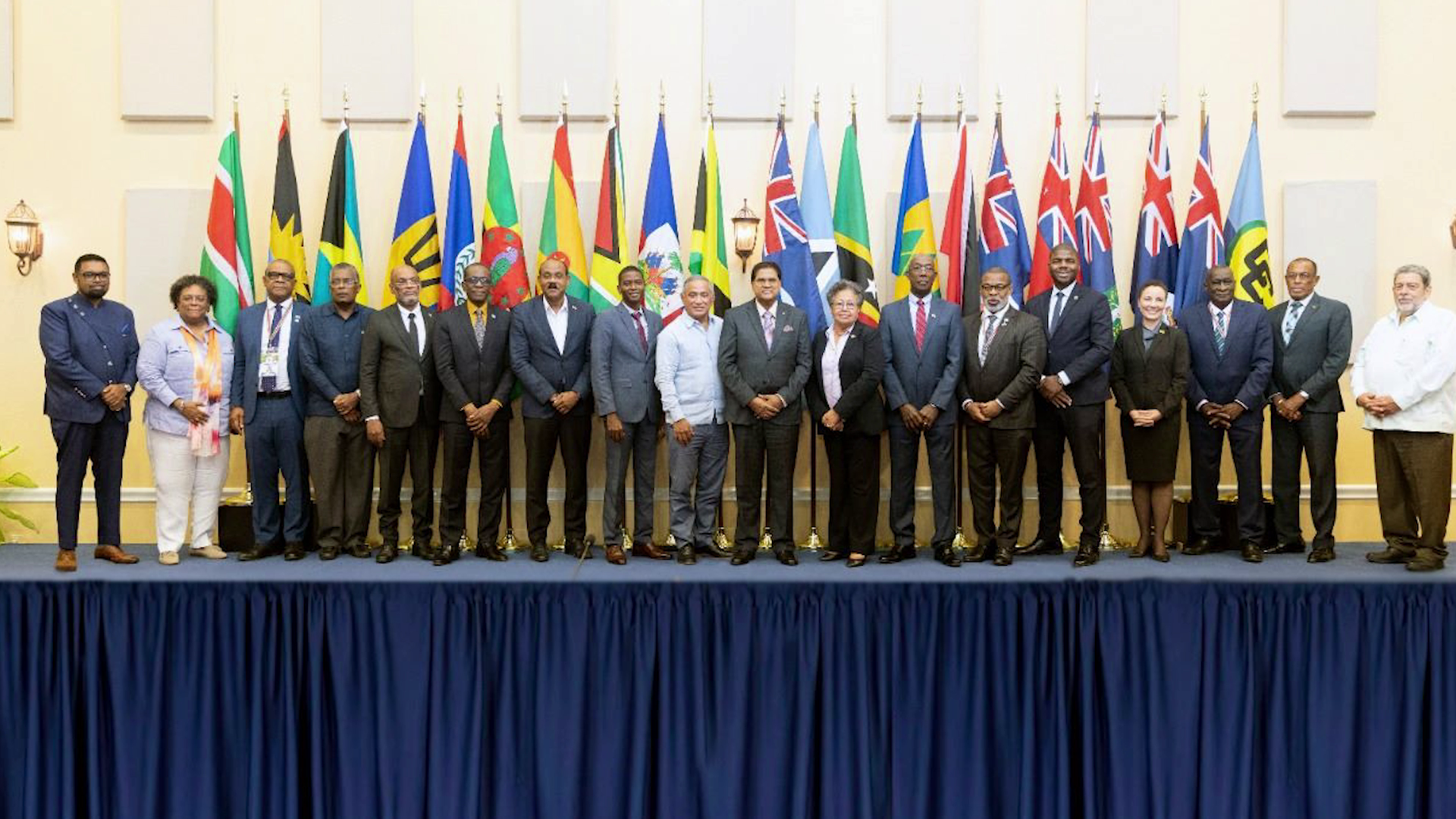Earlier this week, Belize joined three other CARICOM nations in committing to full free movement of people under the CARICOM Single Market and Economy. What does that mean? Well, starting October first, 2025, citizens from participating countries will be able to live and work freely across borders, no special permits needed. The announcement came at the close of the CARICOM Heads of Government meeting in Montego Bay, Jamaica. So, what does this historic step mean for Belizeans? We asked Prime Minister John Briceño for his take.
Prime Minister John Briceño
“As to the free movement of skilled people in CARICOM, we signed on to it but what he said let us have a three year period as we work out the kinks to make people move in and out more freely. If you were to talk to the private sector they would tell you we need more people, we need more workers, not only at the lower level, but middle management and upper management. So, we are hoping that by doing that, maybe instead of bringing people from England or anywhere in the world, our CARICOM brothers and sisters can come to Belize to help with the development of this country. We asked for a three-year period to work that out. We signed on to it.”
Reporter
“We have people here already.”
Prime Minister John Briceño
“This is where now it is being signed through treaty, through CARICOM and so we are saying that we will work it through over the course of the next three years. Look at the attorneys, the local attorneys were saying oh the attorneys from the Caribbean will flood Belize. That did not happen. In every aspect there has never been flood in Belize, but the truth we need more workers, we need skilled laborers in Belize, more skilled laborers. That is no offense to Belizean laborers, cause we have very good laborers. So I don’t want you to go twist my words, because we have very good skilled laborers in Belize. But, we need more. The economy has been growing fast and we cant keep up. The only way we can continue the growth and meet these needs is by having the proper laborers, the one that works form the bottom to the top to maintain a minimum of five percent GDP growth.”
